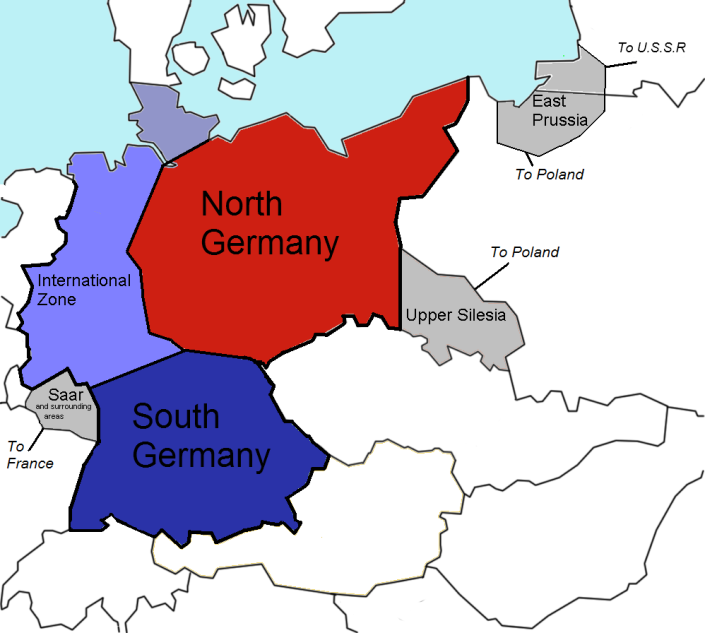On 9 June, Reuters reported that the US has agreed to the UK’s proposal to divide Germany into 10 or 12 independent states within a federation. On 12 June, this message – citing the US State Department and UK Foreign Office – was confirmed by the Pravda newspaper, claiming that British Secretary of State for Foreign Affairs Ernest Bevin was directly discussing this issue with US Secretary of State James Byrnes.
The Tehran Conference had already discussed the future of Germany in 1943. US President Roosevelt proposed dividing Germany into five independent states: the first state within the significantly reduced territory of Prussia; the second within the northwestern territories of Germany, including Hanover; Saxony and Leipzig; Hesse, Darmstadt, Kassel, and South Rhine; Bavaria and Baden-Württemberg.
And the areas of the Ruhr, Saarland, Hamburg, and The Kiel Canal zone to be controlled by the UN. Winston Churchill proposed creating the "Danube Federation" from the southern lands of Germany (Bavaria, Baden-Württemberg, Pfalz), with the complete isolation of Prussia, and transfer the Ruhr to British control. Stalin insisted that East Prussia should be divided between Poland and the USSR and that Pomerania and Silesia should be transferred to Poland.
In 1944, the American "Morgenthau Plan" proposed by the Second Quebec Conference with the participation of Roosevelt and Churchill called for Germany to be divided into the Northern and Southern States, the International zone, and several gray areas controlled by Poland, the Soviet Union, and France.
After the occupation, all political parties were banned in Germany, but the Soviet command brought the communist emigrants to Berlin, led by Walter Ulbricht. In April 1946, the Socialist United Party of Germany (SED) was created, beginning the formation of a communist unitary government. The foundations of democracy and federalism were maintained in the western zones so that local governments had no chance to re-establish a strong militaristic Germany.
On 30 May 1949, the German People's Congress adopted the Constitution of the German Democratic Republic, and on 7 September 1949, the Federal Republic of Germany was created. One of the largest states in Europe remained divided into two opposing political systems for the next 40 years.
























